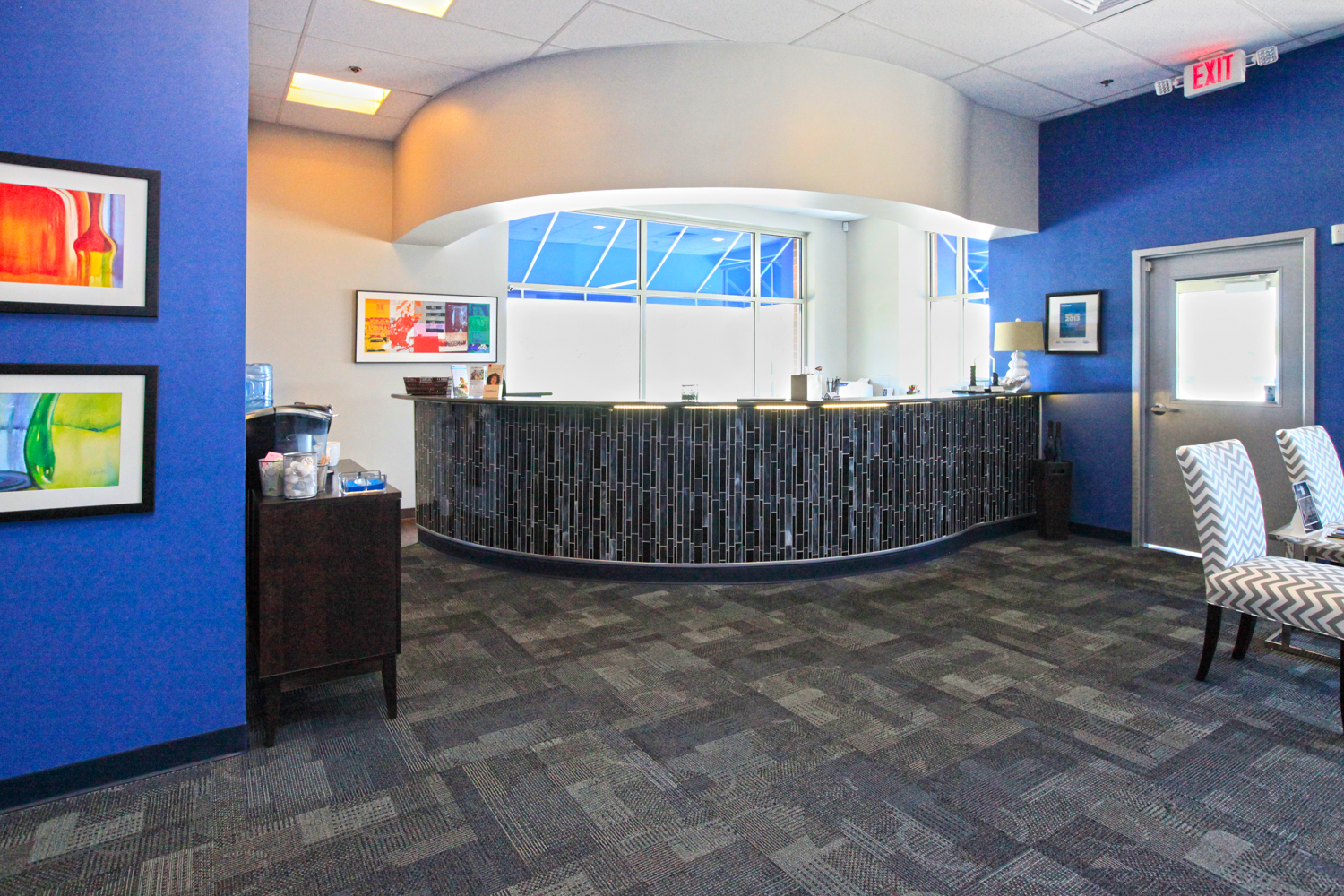Sleep Study Results and What They Mean to You and Your Doctor
Sleep Study: Why Your Doctor Wants You to Have One
October 19, 2016Sleep Study Results Can Improve Your Life
November 4, 2016Sleep study results will help your doctor evaluate the collected data for a diagnosis of any possible sleep disorders

Hilliard Cosmetic dentist Mark Levy, D.D.S. specializes in a wide range of cosmetic dentistry techniques. At his practice, located in Hilliard, near Columbus, Ohio, Dr. Levy provides an array of cosmetic dentistry procedures, such as Americas-best-dentist porcelain veneers, headache therapy, sleep apnea, dental implants and more.
Mark Levy DDS
1925 Hilliard Rome Rd
Hilliard, OH 43026
https://marklevydds.com
that you may have. The data collected during the sleep study provides valuable information that your doctor is unable to collect during a normal doctor’s visit. Sometimes it can be hard to understand how the information recorded during your sleep study can translate into a specific sleeping disorder. The professionals here at Mark Levy DDS in Columbus, Ohio have a significant amount of experience regarding sleep studies and their meaning and we are here to help you understand exactly what this information means.
What Information is collected during a Sleep Study?
During your sleep study, also known as a polysomnography, several different types of data will be collected to be provided to your doctor. When you participate in a sleep study, you’ll be fitted with several sets of sensors to collect this data. A strap will be fitted around both your chest and your stomach to help monitor your breathing and breathing efforts. This allows your doctor to see if you are struggling with breathing while you sleep. A nasal cannula also provides feedback regarding your breathing habits while sleeping. Your pulse is also monitored in the event that your heart rate increases due to your heart having to work harder to circulate lower amounts of oxygen throughout the body. An additional sensor on your finger tracks your blood oxygen levels to detect any drops in oxygen that could also indicate a breathing sleeping disorder.
Other sensors track your brain and eye movements to collect information during the phases of sleep that your body goes through as you rest. By assessing your sleep stages and identifying what types of interruptions you have and in what stage, your doctor is able to help diagnose other potentially dangerous sleeping disorders.
Other bodily movements are also tracked. Sensors relay information about jaw and chin movements as well as leg movements so that your doctor is able to track any of these types of movements that may be disrupting your sleep. Any unusual movements or behaviors during sleep could be a sign of a serious sleep disorder.
All of this information is gathered and compiled for evaluation by your sleep study technician. The information is used to chart your sleep stages and sleep cycles and then passed on to your doctor or a doctor at the sleep center for further evaluation. It can take up to two weeks for your doctor to discuss the results of your sleep study with you as there is a lot of information to examine after the sleep study process. However, once analyzed, your doctor will be able to provide you with a diagnosis and help you get on the correct treatment plan to help reduce or eliminate any issues that you may be having.
What Type of Diagnosis Will You Get After Your Sleep Study?
Based upon the data collected during your sleep study, your doctor may diagnose you with a sleeping disorder. The sleeping disorder that is diagnosed can vary depending on what symptoms present themselves both during the day and during your sleep study.
One of the most common sleep disorders that are diagnosed during a sleep study is sleep apnea. If the data collected shows that you stop breathing several times per night or that your body isn’t getting the oxygen it needs while you sleep, then you will likely be diagnosed with sleep apnea, a sleep-related breathing disorder. Many times, in patients who doctors’ suspect may be suffering from sleep apnea, the sleep study will include a phase where you use a CPAP mask to see if your data shows improvement. The CPAP mask provides a gentle stream of air to create continuous positive airway pressure in order to gently keep your airway open. The sleep study can help the sleep technician determine which CPAP settings work best for you and pass this information on to your doctor to help with your treatment plan.
A sleep study can also be used to diagnose a number of other sleep related disorders. The sensors that detect body movement could point towards movement disorders such as periodic limb movement disorder which is related to restless leg syndrome. The data collected can also help identify sleep-related seizure disorders, narcolepsy, and a number of other disorders that could greatly impact your health.
Many of the sleep disorders diagnosed during a sleep study can be extremely harmful to your health if left undiagnosed. The long term effects of sleep apnea and other sleep related disorders can leave a lasting impact on your health leading to heart disease, stroke, and even death. It’s very important for you to participate in a sleep study if your doctor recommends it to get on a treatment plan before you develop serious health problems as a result of your sleeping disorder.
